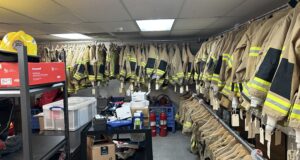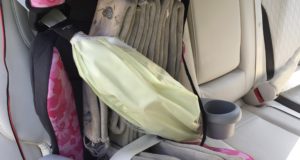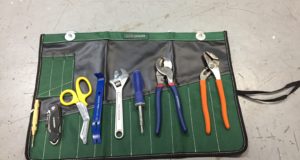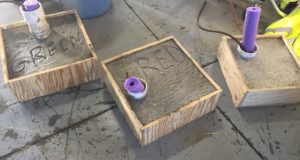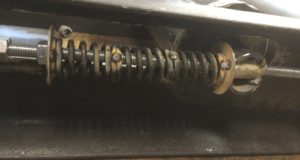There are numerous classes both hands-on and classroom that cover numerous facets of the rapid intervention team. It is a part of being a firefighter that we never want to have to deploy or be in need of, but it’s our insurance policy for each other. Some programs have gone as far to say that by putting a crew on-deck outside of the work zone provides almost instant help if needed. However your department organizes the RIT, set it up so you are fast and effective.
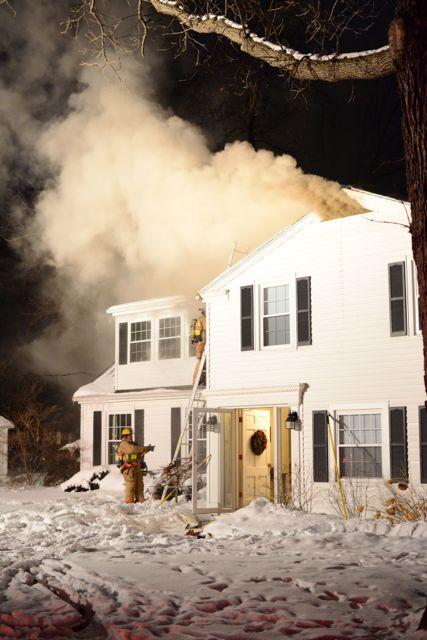
Smoke Reading Tip: Look at the brown smoke coming from the gable vent and how quick it turns white due to the cold air. The fire has a grip on the structure. Pic from www.sanduskyregister.com
“LIKE” FIRST DUE TACKLE ON FACEBOOK
The other day I was on a crew assigned to RIT at a working residential fire in Perkins Township. Let me first say that we were never activated and that is a success in my book when assigned RIT. We did take several proactive steps in case we were activated. Below is a list of some things we did that you can talk about with your crew. How are you set-up and who does what?
- We had to park our rig at a cross-street and carry our equipment to the scene. It was about 20 degrees F with snow covered roads and a foot of snow in the yard. We made a sled out of a ladder to bring all of our equipment with us.
- We threw a tarp in the front yard near the command post and organized our equipment. RIT bottle, K12, chainsaw, Hurst edraulic combo tool, hook, hand tools, ropes, spare SCBA cylinders. Each crew member knew what tools he was responsible for.
-
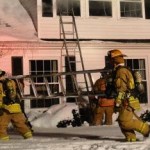
The Sweat Bee and I moving ladders. Pic from www.sanduskyregister.com
All members of the crew did a 360 of the building. Our boss met with command. One member secured a handline from a second engine in case we needed it and warmed our saws up. He also became familiar with the Scott RIT pack that the host department brought over to us. Our MSA RIT bottle was compatible with the Scott RIT fittings. The only difference was a Scott mask was included. Two other crew members emptied the ladders off of two engines and threw ours as well to the second floor where crews where operating.
- The electric company showed up quick and secured the electric. We attempted to shut the gas off, but the valve had been buried under dirt and we feared it may break. Command was advised that the gas was not secured.
- During a bottle change for the first due boss; he told me where the basement stairs were, where the main fire was, where crews were working, and that the division 2 floor was burnt through around the chimney in several directions. Solid information for the RIT to know about.
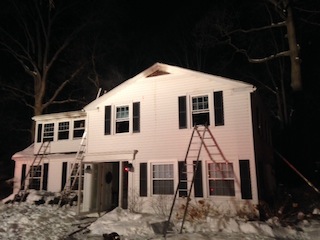
Proactive RIT ladder maze.
There is sometimes a desire to get the RIT some time in the building during overhaul or even earlier when other crews are getting tired. I’m not a big fan of this for a few reasons: the RIT is the freshest and can go hard on a moments notice, the RIT should know the most about the exterior extrances/exits, where crews are working, how the equipment on the tarp works, and what role each of the RIT members is going to play. RIT has a plan at least to start; that’s powerful if routine turns to MAYDAY.
At this fire we watched the working crews put the fire out without need for the RIT. Good day.
More pictures on the Sandusky Register.
Pass it on!
 First Due Tackle Pass It On – Firefighter, Rescue & Extrication Training
First Due Tackle Pass It On – Firefighter, Rescue & Extrication Training

